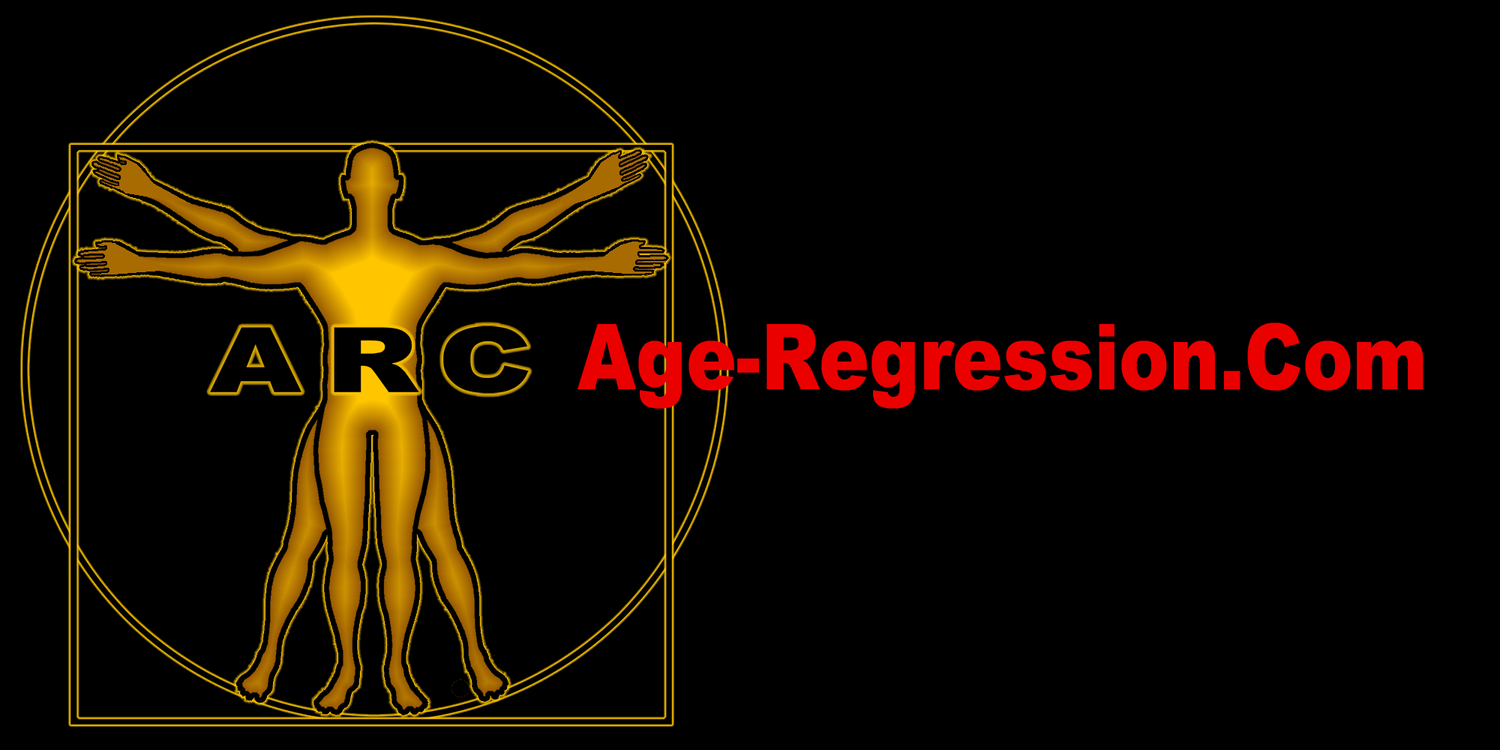
Mitochondrial Dysfunction in Aging

(WikiLinks: Mitochondria) - (Last Revision: 6/8/2022)

Mitochondria are not only production sites for bioenergetics and macromolecules, but also regulatory hubs that communicate and coordinate many vital physiological processes at the cellular and organismal level. The bi-directional communication and coordination between the co-evolved mitochondrial and nuclear genomes is especially interesting in terms of cellular regulation. Mitochondria are dynamic and adaptive, rendering their function sensitive to cellular context. Tissues with high energy demands, such as the brain, seem to be uniquely affected by age-dependent mitochondrial dysfunction, providing a foundation for the development of novel mitochondrial-based therapeutics and diagnostics.[2]
A number of recent studies have significantly advanced our understanding of mitochondrial dysfunction in disease and aging. These studies link mitochondrial function to signaling pathways that regulate life span and to the aging process. [1] A mitochondria is a double-membrane-bound organelle found in most eukaryotic organisms. Mitochondria use aerobic respiration to generate most of the cell's supply of adenosine triphosphate (ATP), which is subsequently used throughout the cell as a source of chemical energy. [3]
Click [√] to Enlarge


🔷 ? 🔷

Figure 1. Mitochondrial dysfunction (left) and its relation with other hallmarks (right). High levels of reactive oxygen species (ROS, blue) can lead to telomere attrition, genomic instability, epigenetic alternations, stem cell exhaustion, cellular senescence. On the other hand, ROS can also improve proteostasis. Low levels of NAD+ (pink) can lead to genomic instability. Epigenetic alterations can lead to reduced mitochondrial proteins (yellow) such as STEAP2, RHOT2, and RAB32. Mitochondrial DNA (mtDNA) damage (red) can result in genomic instability, cellular senescence and altered intercellular communication. Hallmarks of aging genomic instability and deregulated nutrient sensing can lead to reduced mitochondrial dynamics (turquoise), while reduced mitochondrial dynamics induces cellular senescence. Reduced mitophagy (green) leads to impaired proteostasis, while epigenetic alterations and deregulated nutrient sensing induce reduced mitophagy. Oxidative phosphorylation (OXPHOS, orange) affects the hallmarks epigenetic alterations, stem cell exhaustion, cellular senescence, impaired proteostasis, altered intercellular communication and is in turn affected by deregulated nutrient sensing, epigenetic alterations and impaired proteostasis. Dashed line represents an effect of a hallmarks of aging on the mitochondrial dysfunction. [2]

🔷 ? 🔷

Interventional Opportunities


🔷 ? 🔷

🔷 ? 🔷

🔷 ? 🔷

🔷 ? 🔷

🔷 ? 🔷






